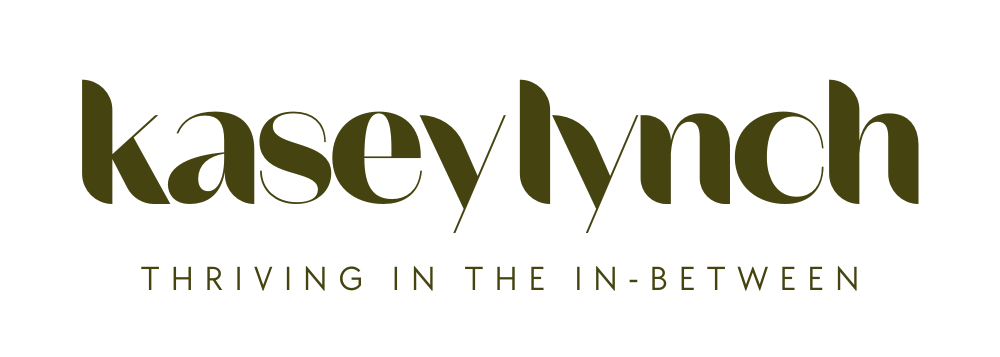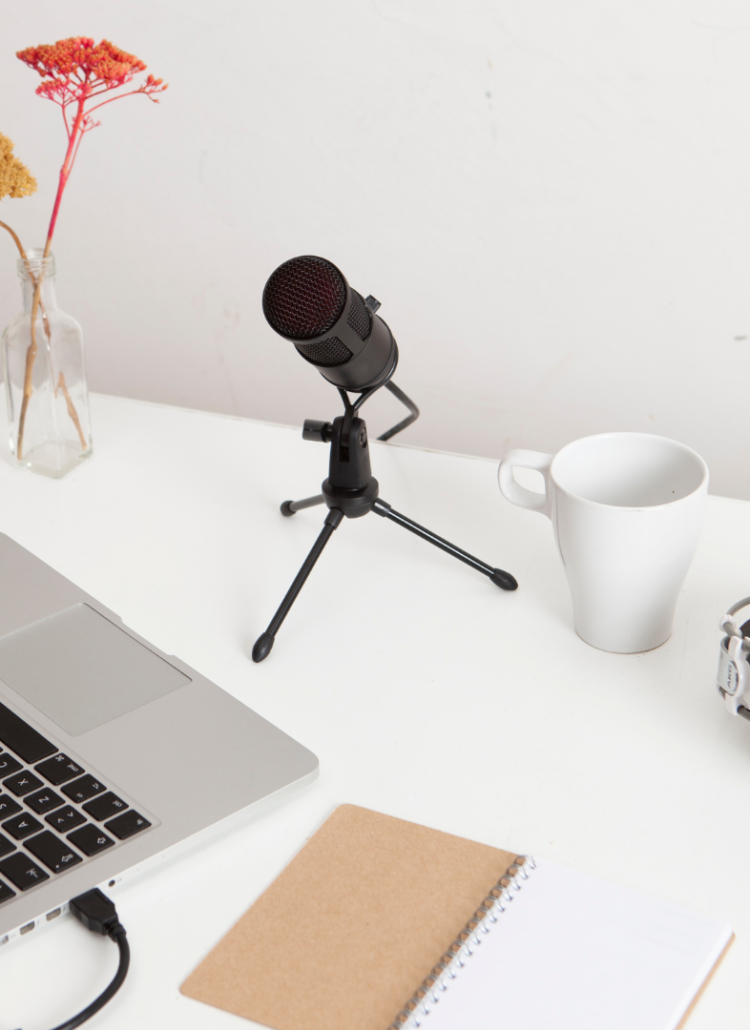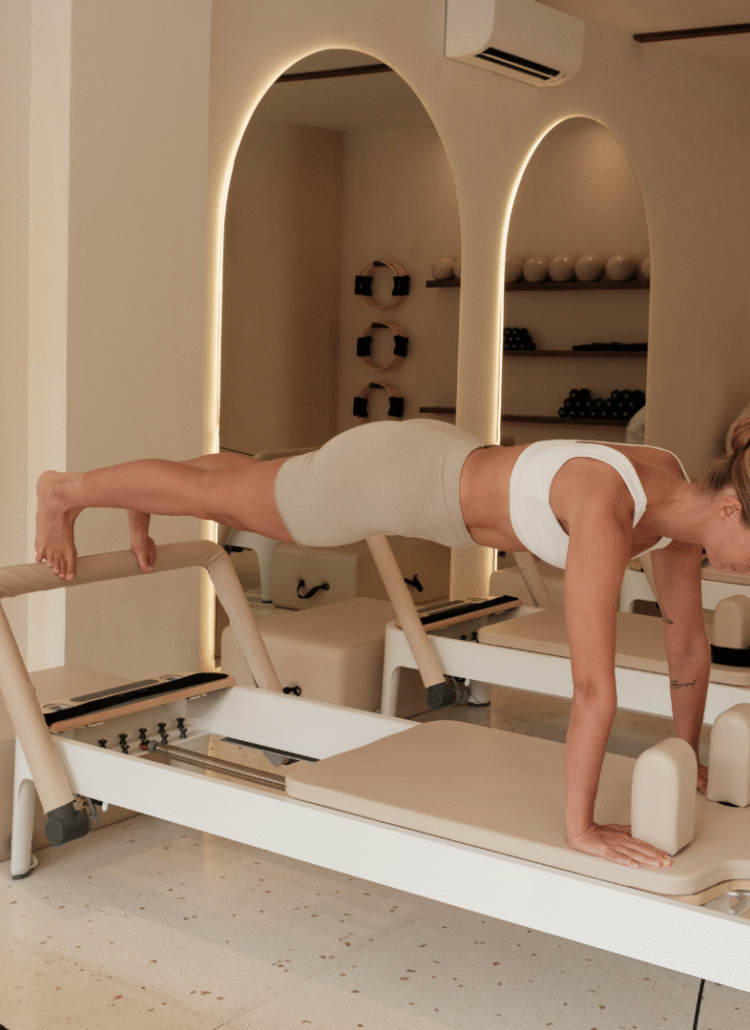
Workdays often blur into long stretches of sitting, staring, and grinding through tasks.
Fatigue builds, focus drifts, and productivity dips. That’s where microbreaks come in.
Unlike long lunches or traditional 15-minute breaks, microbreaks are quick, intentional pauses that give your mind and body a reset without disrupting your workflow.
In this article, we’ll explore what microbreaks are, why they matter, and the measurable benefits of microbreaks at work.
You’ll also learn practical strategies for building your own microbreak routine to stay energized, focused, and resilient throughout the day, week, and year.
What’s On Deck:
Why Microbreaks Matter in the Workplace
Picture this: It’s 11:00 a.m. You’ve been hammering away at emails for hours. Your shoulders tighten, your eyes sting from the screen, and you reread the same sentence three times.
Now imagine standing up, stretching your arms overhead, and taking three slow, intentional breaths.
Within two minutes, your shoulders drop, your eyes feel refreshed, and your brain seems clearer.
That’s the power of a microbreak.
What Are Microbreaks?
Microbreaks are short, frequent pauses lasting 30 seconds to 5 minutes. Unlike standard breaks where you might grab coffee or take a walk outside, microbreaks are simple resets you can do at your desk. Think of quick activities like stretching, deep breathing, standing up, or briefly shifting focus. One of my favorite microbreaks is looking outside my office windows toward all of the beautiful trees in my backyard.
Microbreaks should not replace your lunch or longer breaks, but they do an amazing job at filling the gap when fatigue builds before you’ve even noticed it.
I’ve noticed that the days I incorporate more mini breaks, the easier it is to finish my full workload instead of continually pushing tasks off to the next day or the day after.
The Science Linking Short Breaks to Performance
Research shows that microbreaks can have outsized effects on productivity and wellness. Studies published in journals like Cognition and Occupational Health Psychology highlight that:
- Attention improves after short breaks, even micro-pauses, help restore focus
- Musculoskeletal discomfort decreases when small movement breaks are taken consistently
- Emotional resilience improves, lowering stress levels across the workday
By preventing fatigue from accumulating, microbreaks create a rhythm of recovery that sustains energy instead of depleting it.
The Measurable Benefits of Microbreaks at Work
The benefits of microbreaks at work aren’t just theoretical. They show up in both mental clarity and physical comfort, whether you’re sitting at a desk or on your feet in a customer-facing role.
Boosting Mental and Physical Health
Regular microbreaks:
- Reduce eye strain caused by prolonged screen time
- Encourage posture resets, relieving tension in the neck, back, and shoulders
- Improve mood, thanks to quick bursts of movement or mindfulness that release feel-good neurotransmitters
For sedentary roles, microbreaks counteract stiffness and inactivity.
For active roles—like retail or healthcare—they serve as quick mental resets that prevent emotional fatigue that can come with being in a customer-facing role.
Related: Unlock Your Calm: Essential Nervous System Regulation Tools for Daily Well-being
Addressing Fatigue and Reducing Burnout Risk
One of the most overlooked benefits of microbreaks is their impact on burnout prevention. Signs of creeping burnout — irritability, constant tiredness, lack of focus — are often brushed aside until they escalate. Microbreaks help by:
- Managing energy reserves, so exhaustion doesn’t snowball.
- Providing micro-moments of control, especially in high-demand jobs
- Breaking monotony, which keeps motivation higher throughout repetitive tasks
Think of microbreaks as daily maintenance for your energy levels. These small investments can prevent costly burnout later.
Taking care of yourself is a critical element of your career that should never be overlooked.
Building Effective Microbreak Habits Into Your Workday
Knowing the benefits is one thing. Actually building microbreaks into your schedule is where transformation happens.
Choosing Activities for Maximum Impact

Here are research-backed microbreak activities you can try:
- Stretching: Neck rolls, shoulder shrugs, wrist circles, or standing hip openers to release tension from sitting.
- Mindful breathing: Inhale for four counts, exhale for six, or try box breathing (inhale 4, hold 4, exhale 4, hold 4) for quick stress relief.
- Mini walks: A short lap around your office, living room, or even standing up to walk while on a call.
- Eye relief: Use the 20-20-20 rule—every 20 minutes, look at something 20 feet away for 20 seconds to reduce eye strain.
- Progressive muscle relaxation: Tense and release different muscle groups, starting from your feet and moving upward.
- Posture reset: Stand tall, roll your shoulders back, and realign your spine against a wall for 30 seconds.
- Hydration break: Get up, refill your water, and sip slowly—hydration itself helps maintain focus.
- Desk yoga: Try seated twists, cat-cow stretches in your chair, or reaching arms overhead.
- Micro journaling: Jot down one sentence about how you feel or one thing you’re grateful for.
- Visualization: Close your eyes and picture a calming place for one minute—proven to reduce stress.
- Hand and wrist stretches: Flex and extend your wrists, or spread your fingers wide to counteract typing strain.
- Quick movement bursts: Do 10 squats, wall push-ups, or calf raises for a fast circulation boost.
- Step outside briefly: Even 2–3 minutes of fresh air and sunlight can reset energy and improve mood.
- Mindful pause: Close your eyes, take three deep breaths, and tune into how your body feels in the moment.
Overcoming Workplace Barriers
Some people hesitate to take breaks, worried about looking “unproductive.” The reality? Microbreaks boost output. If your workplace culture is skeptical, frame them as productivity enhancers, not interruptions. Set a timer or calendar reminder so they become non-negotiable.
Customizing Microbreaks for Various Work Styles
Your role and environment shape how you take breaks. Luckily, microbreaks are flexible.
- Remote workers: Stand up between virtual meetings, stretch, or walk while on audio calls.
- Office employees: Use transitions—before sending an email or starting a new task—as natural break points.
- Shift workers: Take two-minute pauses during downtime to stretch or breathe, even if you can’t leave your station.
Personalizing Frequency and Timing
Start with one microbreak every hour, then adjust. Some people thrive on a rhythm of 90 minutes of work followed by 3–5 minutes of rest.
For me? I take a microbreak almost every hour to give myself a boost in concentration.
Experiment, track how you feel, and settle into what fits best for your workflow.
Why Blue Light Glasses Help if You Work on a Computer All Day
Spending hours in front of a screen can lead to eye strain, headaches, and disrupted sleep patterns.
Blue light glasses filter out a portion of the high-energy blue light emitted by computers and devices, helping reduce digital eye strain and visual fatigue.
I’ve been wearing these blue light glasses for the last two years! They help prevent end-of-day headaches and keep my sleep schedule more consistent by limiting the light disruption on my circadian rhythm.
If you’re on a computer all day, blue light glasses are a simple, protective tool to support long-term eye comfort and focus.
Monitoring Benefits and Making Adjustments
Like any habit, consistency is key—but so is feedback.
Tracking Improvements
Use a simple checklist or journal to note:
- Energy levels (1–10 scale)
- Focus after each microbreak
- Mood shifts or tension release
After two weeks, patterns will emerge. You’ll see what types of microbreaks give you the biggest return and keep you feeling your best regardless of what your workload looks like.
Signs to Reevaluate Your Approach
Microbreaks aren’t one-size-fits-all. If you notice:
- Ongoing fatigue despite breaks
- Breaks feeling more like procrastination than refreshment
- Mood or productivity not improving
…it’s likely time to start taking longer breaks, adjust frequency, or try different activities.
One thing that’s important to note: what works best for you in this season of your life might not work as well in the next. It’s critical to continually take note of what activities help you show up as your most empowered self.
From quick microbreaks to more time off, the right balance will ensure you can tackle your career goals without falling short of the finish line.
Frequently Asked Questions About Microbreaks at Work
What are microbreaks at work?
Microbreaks are short pauses—usually 30 seconds to 5 minutes—taken throughout the workday to reduce fatigue and reset focus. Unlike longer breaks, they’re quick and intentional, often done at your desk through simple activities like stretching, mindful breathing, or eye exercises.
How often should you take microbreaks at work?
Most experts recommend taking a microbreak every 45–60 minutes. The frequency can vary depending on your energy levels and workload, but the key is consistency. Even one or two minutes of movement or deep breathing can be enough to restore focus.
What are the benefits of microbreaks at work?
The benefits of microbreaks at work include improved concentration, reduced eye strain, decreased musculoskeletal discomfort, lower stress levels, and better overall productivity. They also help prevent fatigue and reduce the risk of burnout.
Do microbreaks make you more productive?
Yes. Research indicates that taking short, intentional breaks can enhance sustained attention and improve task performance. By preventing mental and physical fatigue from building up, microbreaks actually help you get more done in less time.
What activities count as microbreaks?
Microbreak activities can be as simple as standing and stretching, practicing mindful breathing, doing a quick lap around your office, or looking away from your screen to rest your eyes. The best microbreak is one that fits naturally into your workflow and helps you feel refreshed!
Put Yourself First. The Work Will Be There.
Microbreaks at work aren’t a passing trend—they’re a sustainable tool for productivity, focus, and well-being.
By weaving in small, intentional pauses throughout your day, you’re investing in your energy, preventing burnout, and performing at your best.
Start simple: choose one microbreak strategy today, like a two-minute stretch or mindful breath, and observe how it changes your focus this week.
The benefits of microbreaks at work compound quickly, proving that tiny rituals can create powerful results.





Leave a Reply